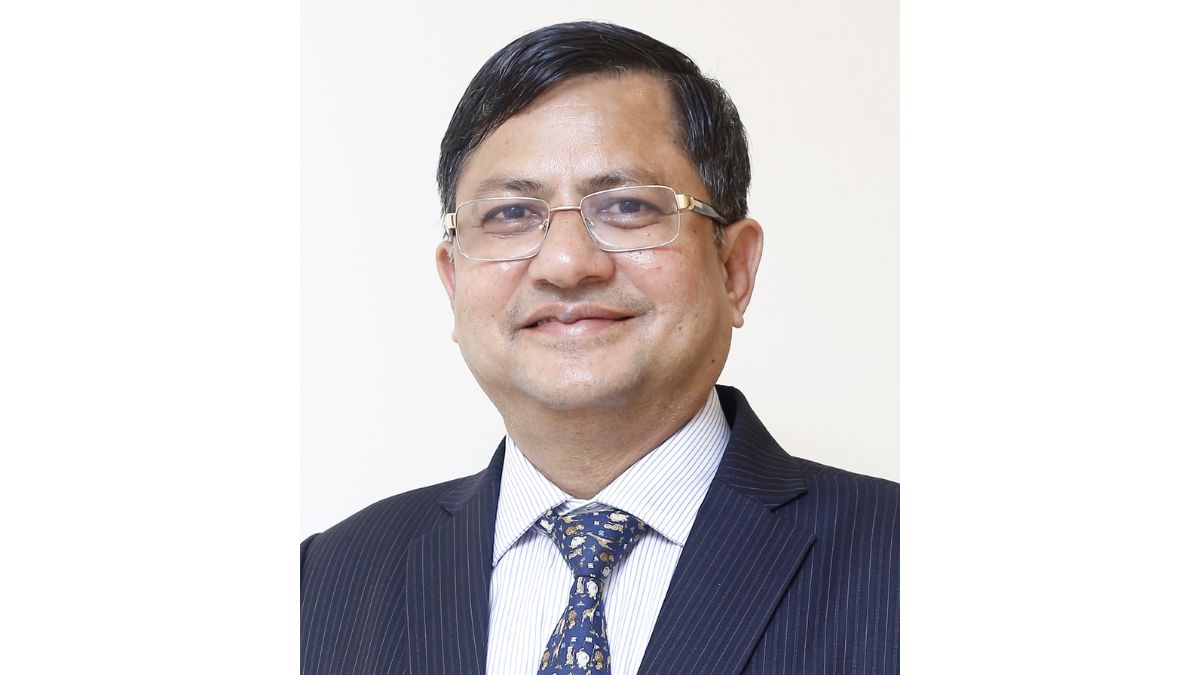Should the salaried class in India opt for it?

Image used for representational purposes/PTI
Listen up… Indian salaried workers may now be entitled to a higher pension. On Monday, the government retirement fund body Employee Provident Fund Organisation (EPFO) introduced a new process that helps employers and subscribers to jointly apply for higher pensions under the Employees’ Pension Scheme (EPS).
The new guidelines come just two weeks before the end of the four-month deadline set up by the Supreme Court to enable eligible subscribers to opt for higher pensions under EPS.
We try to simplify what’s new and if you should actually opt for this?
What’s the new rule?
The EPFO will now allow subscribers to go beyond the pensionable salary capped at Rs 15,000 a month on which employers deduct a sum equal to 8.33 per cent of the ‘actual basic salary’ towards pension under EPS.
The pensionable salary cap had been increased from Rs 6,500 to Rs 15,000 per month by the EPS amendment of August 2014. The same amendment also allowed members and their employers to jointly contribute 8.33 per cent of their actual salaries towards EPS, if exceeding the cap.
However, several subscribers and pensioners missed this opportunity and hence as mandated by the Supreme Court, a new window has been provided.
Also read: Supreme Court’s EPF decision and what it means for you
Who is eligible for the new window?
As per the EPFO circular, all existing employees, or those who retired after 1 September 2014 can claim higher pension based on actual salary beyond the prescribed ceiling in the Employees’ Pension Scheme (EPS) of 1995.

How to apply for higher pension now?
If you wish to apply for this new option, there are a few steps to follow.
1) As per news agency PTI, the EPFO stated that “a facility will be provided for which URL (unique resource location) will be informed”.
2) The application will be registered digitally and the receipt number will be provided to the applicant. Each case will be examined by the office in-charge of the concerned regional provident fund (PF) office.
3) An email/post will be sent to the applicant informing him/her of the decision on the application. Later, an SMS may also be sent.
4) To avail enhanced benefit in the application form, the eligible subscribers will have to jointly apply with their employers and the deadline to apply for higher pension is 3 March.
What does all this mean for the common salaried man?
It is important to note here that all salaried employees get provident fund and pension benefits under two schemes — the Employees’ Provident Fund and the Employee Pension Scheme. These are both governed by the EPFO.
Currently, the EPS provides employees with pension after the age of 58, if they have rendered at least 10 years of service and retired at age 58. This pension is decided by a formula that is — monthly pension = pensionable salary x pensionable service/70. By this formula, the pensionable salary is capped at Rs 15,000 per month.
Also read: What’s the Old Pension Scheme?
If one opts for the new window now, one will receive a higher government-guaranteed pension after retirement. However, there is nothing like a free meal, as the saying goes, and opting for a higher pension would mean part of your pension and the interest that has accrued so far will be transferred to the Centre’s EPS fund. This means a lower lump sum payout at retirement.
So, should you opt for it?
In a Moneycontrol report, Saraswathi Kasturirangan, partner, Deloitte India, explained there’s no clear answer. “Look at your monthly salary. If you are in your 30s, 40s or early 50s, try and estimate as to how much your salary is likely to be in your 50s and the quantum of increments you are likely to get,” she said to the news portal.
Kasturirangan says that EPS provides a regular income in retirement years. “Being a defined-benefit scheme helps the retired, as the pension is not market-linked. Even in bad market conditions, you get your regular and fixed pension as has been fixed by the formula,” she further said to Moneycontrol.
R Krupakaran, General Secretary, All India EPF Staff Federation, was quoted as telling the Financial Times that those who retired after 2015-16, should consider opting for the higher pension as it would be advantageous to them. “Subscribers who retired five to 10 years ago will stand to gain as the lump sum that they transfer to the EPS will be given to them as pension,” he noted.
Kiran Telang, a Mumbai-based financial planner, when asked about the same was cautious about the new window. Speaking to Moneycontrol, she said the pension would certainly increase and the formula for paying this regular pension makes EPS “very attractive”. However, her worry is if the EPFO would be able to maintain the higher payout?
With inputs from agencies
Read all the Latest News, Trending News, Cricket News, Bollywood News,
India News and Entertainment News here. Follow us on Facebook, Twitter and Instagram.

Atul Tiwari is a seasoned journalist at Mumbai Times, specializing in city news, culture, and human-interest stories. With a knack for uncovering compelling narratives, Atul brings Mumbai’s vibrant spirit to life through his writing.





